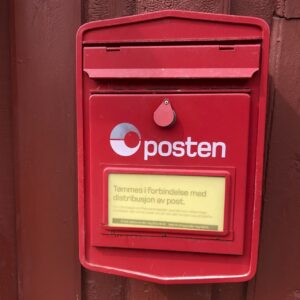ESMO24 Preview 2 – Hurdles and Prospects

The Basílica i Temple Expiatori de la Sagrada Família in Barcelona
I’ve always found Gaudi’s gothic cathedral in Barcelona beautiful and inspiring inside despite its ugly gothic facade.
The way the light and space combine to produce a sense of awe and wonder is a nice way to forget the trials and tribulations in the outside world.
In our latest ESMO Preview we look at a particular niche, which has seen many changes in its landscape over the last few years, including some ugly data as well as areas giving greater hope for investigators and patients alike.
This year looks like continuing both trends in equal measure…
To learn more from our latest oncology review and get a heads up on key cancer research insights, subscribers can log-in or you can click to gain access to BSB Premium Content.
This content is restricted to subscribers






 With considerable attention having been placed on RAS(off) inhibitors and growing interest in the dual RAF/MEK agents and on/off state agents from Nested Therapeutics, Frontier Medicines and Quanta Therapeutics, respectively, it’s all too easy to forget about the RAS(ON) inhibitors.
With considerable attention having been placed on RAS(off) inhibitors and growing interest in the dual RAF/MEK agents and on/off state agents from Nested Therapeutics, Frontier Medicines and Quanta Therapeutics, respectively, it’s all too easy to forget about the RAS(ON) inhibitors.
 Early stage oncology new product development is a rather strange beast at times.
Early stage oncology new product development is a rather strange beast at times. One of the many challenges of going in new directions with targeting proteins in a totally different therapy area is things do not always progress as expected or hoped.
One of the many challenges of going in new directions with targeting proteins in a totally different therapy area is things do not always progress as expected or hoped.